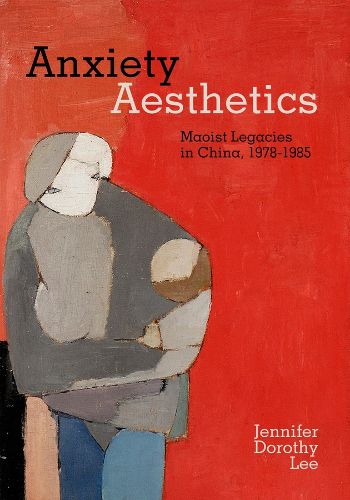Readings Newsletter
Become a Readings Member to make your shopping experience even easier.
Sign in or sign up for free!
You’re not far away from qualifying for FREE standard shipping within Australia
You’ve qualified for FREE standard shipping within Australia
The cart is loading…






Anxiety Aesthetics is the first book to consider a prehistory of contemporaneity in China through the emergent creative practices in the aftermath of the Mao era. Arguing that socialist residues underwrite contemporary Chinese art, complicating its theorization through Maoism, Jennifer Dorothy Lee traces a selection of historical events and controversies in late 1970s and early 1980s Beijing. Lee offers a fresh critical frame for doing symptomatic readings of protest ephemera and artistic interventions in the Beijing Spring social movement of 1978-80, while exploring the rhetoric of heated debates waged in institutional contexts prior to the '85 New Wave. Lee demonstrates how socialist aesthetic theories and structures continued to shape young artists' engagement with both space and selfhood and occupied the minds of figures looking to reform the nation. In magnifying this fleeting moment, Lee provides a new historical foundation for the unprecedented global exposure of contemporary Chinese art today.
$9.00 standard shipping within Australia
FREE standard shipping within Australia for orders over $100.00
Express & International shipping calculated at checkout
Anxiety Aesthetics is the first book to consider a prehistory of contemporaneity in China through the emergent creative practices in the aftermath of the Mao era. Arguing that socialist residues underwrite contemporary Chinese art, complicating its theorization through Maoism, Jennifer Dorothy Lee traces a selection of historical events and controversies in late 1970s and early 1980s Beijing. Lee offers a fresh critical frame for doing symptomatic readings of protest ephemera and artistic interventions in the Beijing Spring social movement of 1978-80, while exploring the rhetoric of heated debates waged in institutional contexts prior to the '85 New Wave. Lee demonstrates how socialist aesthetic theories and structures continued to shape young artists' engagement with both space and selfhood and occupied the minds of figures looking to reform the nation. In magnifying this fleeting moment, Lee provides a new historical foundation for the unprecedented global exposure of contemporary Chinese art today.